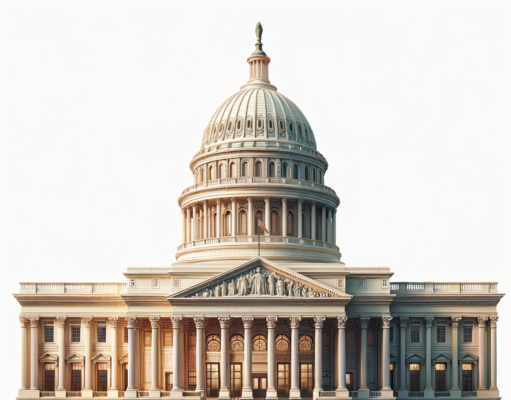Unveiling New State Regulations: A Game-Changer for Businesses and Citizens
In a significant move aimed at modernizing the regulatory landscape, state officials have unveiled a new set of regulations that promise to reshape the way businesses operate and enhance protections for citizens. These regulations, which encompass a wide range of sectors, are designed to streamline compliance processes, bolster consumer rights, and ensure public safety. As stakeholders from various industries begin to digest the implications of these changes, it is essential to understand their potential impact on both business operations and the broader community.
Understanding the Impact of New State Regulations on Business Operations
The introduction of new state regulations marks a pivotal shift in the operational landscape for businesses across the region. These regulations are expected to create a more level playing field, particularly for small and medium-sized enterprises (SMEs) that often struggle with compliance costs associated with outdated rules. By simplifying regulatory requirements and eliminating redundant processes, the state aims to foster an environment conducive to innovation and growth. This shift not only alleviates the burden on businesses but also encourages them to invest in sustainable practices and technologies, ultimately benefiting the economy as a whole.
Key Changes in Compliance Requirements for Local Enterprises and Organizations
Among the most notable changes in the newly unveiled regulations are the revised compliance requirements that local enterprises and organizations must adhere to. The state has introduced a tiered compliance structure that differentiates between businesses based on size and risk profile, allowing smaller companies to navigate regulations with greater ease. Additionally, the new regulations emphasize transparency and accountability, requiring businesses to maintain clearer records and provide regular updates to regulatory bodies. This approach not only reduces the administrative burden on businesses but also enhances the state’s ability to monitor compliance effectively.
How New Regulations Enhance Consumer Protection and Public Safety
Consumer protection and public safety are at the forefront of the new regulatory framework. The regulations introduce stricter guidelines for product safety, data privacy, and financial transactions, ensuring that consumers are better protected from fraud and unsafe products. Furthermore, the state has established a dedicated task force to oversee the implementation of these regulations, which will actively engage with consumers to address concerns and gather feedback. By prioritizing consumer rights and safety, the state aims to build trust between businesses and the public, fostering a more secure marketplace for all stakeholders.
The Role of Stakeholder Engagement in Shaping Effective Regulatory Frameworks
The development of these new regulations was not a unilateral decision; it involved extensive stakeholder engagement to ensure that the needs and concerns of various groups were considered. State officials conducted numerous consultations with business leaders, consumer advocacy groups, and community organizations to gather insights and feedback. This collaborative approach has resulted in a more balanced regulatory framework that reflects the interests of all parties involved. By fostering an ongoing dialogue between regulators and stakeholders, the state aims to create a dynamic regulatory environment that can adapt to future challenges and opportunities.
Navigating the Transition: Strategies for Businesses to Adapt to New Rules
As businesses prepare to transition to the new regulatory framework, it is crucial for them to adopt proactive strategies to ensure compliance and minimize disruption. Companies are encouraged to conduct thorough assessments of their current operations to identify areas that require adjustment. Investing in training programs for employees on the new regulations can also facilitate a smoother transition. Additionally, businesses should consider leveraging technology to streamline compliance processes, such as utilizing software solutions that automate record-keeping and reporting requirements. By taking these steps, businesses can not only comply with the new regulations but also position themselves for long-term success in a changing landscape.
Future Implications: What These Regulations Mean for Citizens and the Economy
The implications of the new state regulations extend beyond immediate compliance; they hold the potential to significantly impact citizens and the economy in the long term. By enhancing consumer protection and fostering a more competitive business environment, these regulations are expected to drive economic growth and innovation. Citizens can anticipate improved product safety, greater transparency in business practices, and a more responsive regulatory framework that prioritizes their needs. As businesses adapt to these changes, the state is poised to benefit from a more vibrant economy, ultimately leading to increased job creation and improved quality of life for its residents.
The unveiling of new state regulations represents a transformative moment for both businesses and citizens. By addressing compliance challenges, enhancing consumer protections, and fostering stakeholder engagement, these regulations aim to create a more equitable and secure environment for all. As businesses navigate this transition, the collaborative efforts between the state and industry leaders will be crucial in shaping a regulatory landscape that not only meets current needs but also anticipates future challenges. The ultimate goal is to cultivate a thriving economy that benefits everyone, paving the way for a prosperous future.


























































